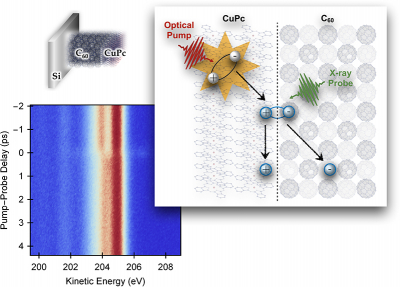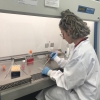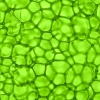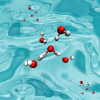
Molecular heterojunctions receive significant attention due to their key role in a wide variety of emerging organic semiconductor applications, such as organic light-emitting diodes, field-effect transistors, spintronic devices and photovoltaic cells. Understanding ultrafast dynamics of photon-to-charge conversion is paramount for optimising novel light-harvesting systems. By using the femtosecond long X-ray pulses of the free-electron laser FLASH at the plane-grating monochromator beamline PG2 and the wide-angle electron spectrometer (WESPE) end station, a team of researchers has access to specific charge separation sites and monitor free charge formation in a model donor–acceptor system on their natural timescale.
The basic principle of time-resolved X-ray photoemission spectroscopy (TR-XPS) is the combination of two light pulses, whereas a “pump” pulse initiates electronic dynamics inside the sample and their time evolution is monitored by a second, delayed X-ray “probe” pulse. The sample was excited with optical laser pump pulses with a wavelength of 775 nm and used photons generated by FLASH as probe pulses with a wavelength of 7.5 nm (3rd harmonic).
The carbon 1s core level XPS signal reveals the specific atomic sites where charges are located. A previously unobserved channel for electron-hole pair (exciton) dissociation into mobile charge carriers is identified, providing the first direct, real-time characterisation of the timescales and efficiency of charge generation in an organic heterojunction. The team of scientists from TU Bergakademie Freiberg, DESY, European XFEL and Lawrence Berkeley National Laboratory in Berkeley (US) demonstrate that the previously reported lifetime of interfacial charge-transfer (ICT) states of ~1 ps results from the competition between two separate relaxation channels: interfacial electron-hole recombination and ICT dissociation into delocalised charges.
Moreover, the data provide direct access to the efficiency for free charge carrier generation from ICT states at the CuPc-C60 interface. The TR-XPS technique has long been hailed as a potential candidate to address some of the most pressing questions regarding light-to-charge conversion in condensed phase systems. This work, however, is the first demonstration that it indeed provides otherwise unattainable information regarding the key steps of these processes by monitoring the birth of delocalised charges from tightly bound ICT states in a canonical model system for organic heterojunctions.
Furthermore, the findings give strong support to the emerging realisation that charge separation, even from energetically disfavoured excitonic states, is contributing significantly, indicating new options for light harvesting in organic heterojunctions. The direct determination of energetics, temporal dynamics and relative channel efficiencies for an archetypical organic heterojunction hold great promise that other light-harvesting processes in complex, multi-compound systems may be studied on their natural timescales. The unprecedented site-specificity provided by ultrafast TR-XPS at FLASH paves the way towards a better understanding of novel photovoltaic and photocatalytic frameworks.












